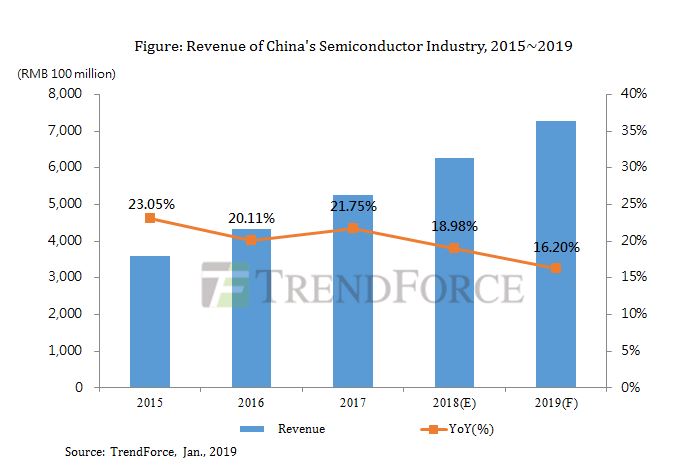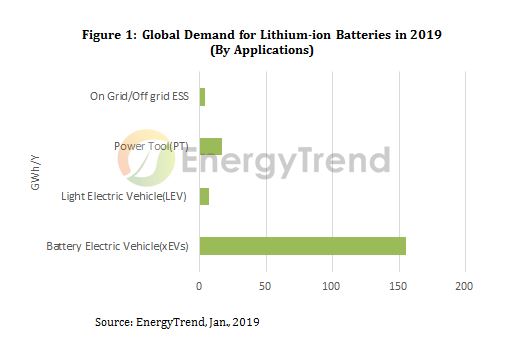- Ameya360 Component Supply Platform >
- Trade news >
- October Contract Prices for NAND Flash Chips/Wafers Witnessed Continued Price Drop due to Weak Demand Outlook for End Markets
October Contract Prices for NAND Flash Chips/Wafers Witnessed Continued Price Drop due to Weak Demand Outlook for End Markets
The NAND Flash market has remained in oversupply for the whole year of 2018, according to DRAMeXchange, a research division of TrendForce, with sufficient inventories for notebook/smartphone OEMs. The China-US trade war and the shortage of Intel CPU have made situations worse on the supply side. In October, the contract prices of SSD, and eMMC/UFS witnessed continued fall, while the price drop of NAND Flash chips and wafers appeared to be larger.

The market of SLC NAND Flash chips is also affected as the China-US trade war simmers. “The market originally expected ZTE’s resumption of US business to boost demands from China’s netcom devices biddings in Q3, but the results turned out to be lower than expected”, says DRAMeXchange analyst Ben Yeh, “and the sufficient inventories of netcom ODMs would influence the stock-up demand in the coming quarters”. As the result, the market has seen an oversupply for SLC NAND Flash in Q4, driving down Q4 contract prices by 10-15%.
Contract prices of the TLC NAND Flash wafers dropped by 13-17% in October, the highest monthly decline
As for NAND Flash Wafer, the prices normally experience noticeable falls at quarter end when companies announce their financial results. However, as the companies expect their annual inventory checking, the stock-up demand is expected to grow weak for the period after this November. Due to the relatively negative demand outlook for NAND Flash applications in 1H19, which prompted some suppliers to resort to price cuts, the contract prices of the TLC NAND Flash wafers dropped by 13-17% monthly in October, the largest price fall for a single month since November 2017. Despite the coming year-end holiday sales, the impact of current price falls on the restocking demands of the module firms will not be significant in the short term. Therefore, DRAMeXchange expects a high possibility of further price declines in November and December.
Amid the recent overall price declines in the NAND Flash market, the drop in 3D TLC prices is sharper than the drop in 2D MLC prices, so more clients are switching to solutions based on the former architecture. With the demand shift, the price decline in 2D MLC prices has also extended to 4-10%.
Online messageinquiry

Revenue Growth in China's Semiconductor Industry Would Slow Down to 16.2% in 2019 due to Pessimistic
- Week of hot material
- Material in short supply seckilling
| model | brand | Quote |
|---|---|---|
| RB751G-40T2R | ROHM Semiconductor | |
| MC33074DR2G | onsemi | |
| CDZVT2R20B | ROHM Semiconductor | |
| TL431ACLPR | Texas Instruments | |
| BD71847AMWV-E2 | ROHM Semiconductor |
| model | brand | To snap up |
|---|---|---|
| STM32F429IGT6 | STMicroelectronics | |
| TPS63050YFFR | Texas Instruments | |
| ESR03EZPJ151 | ROHM Semiconductor | |
| BU33JA2MNVX-CTL | ROHM Semiconductor | |
| IPZ40N04S5L4R8ATMA1 | Infineon Technologies | |
| BP3621 | ROHM Semiconductor |
- Week of ranking
- Month ranking
Qr code of ameya360 official account
Identify TWO-DIMENSIONAL code, you can pay attention to


Please enter the verification code in the image below:

























